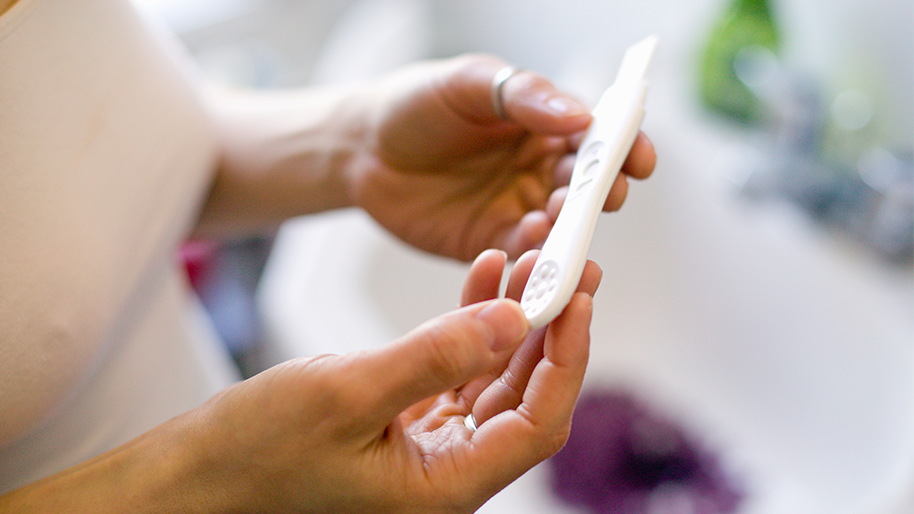
Modern Life and Fertility: How the Invisible World Impacts Your Reproductive Health
Share
Fertility is a deeply personal and often complex journey influenced by many factors. While age and genetics are widely acknowledged, the role of modern environmental and lifestyle factors is gaining significant attention. Among these, per- and polyfluoroalkyl substances (PFAS), often called "forever chemicals," are emerging as a critical concern. These chemicals, along with other hidden influences, form part of an invisible world that can profoundly impact reproductive health.
The Hidden Influences on Fertility
Modern life exposes us to a variety of environmental and lifestyle factors that can affect fertility, including:
-
PFAS (Forever Chemicals): Found in everyday items like nonstick cookware, waterproof clothing, and even drinking water, PFAS are synthetic chemicals known to persist in the environment and human body. Studies have linked PFAS exposure to hormonal imbalances, reduced ovarian reserve, and lower sperm quality, all of which can hinder conception.
-
Endocrine Disruptors: Beyond PFAS, many household items, cosmetics, and plastics contain chemicals that interfere with hormonal function, making it harder for the body to regulate reproductive processes.
-
Stress and Lifestyle Choices: Chronic stress, poor sleep, and sedentary lifestyles can contribute to hormonal imbalances and reduced fertility in both men and women.
-
Nutritional Deficiencies: Modern diets, often lacking in essential nutrients, can impair reproductive health by reducing the availability of vital vitamins and minerals needed for ovulation and sperm production.
PFAS and Fertility: A Closer Look
PFAS are among the most concerning of these hidden factors. These man-made substances are widely used for their water- and stain-resistant properties but do not break down naturally. Over time, they accumulate in human tissues, disrupting hormonal balance and impairing reproductive health.
Research Highlights:
-
Women: Studies show that women with higher levels of PFAS in their blood may experience reduced egg quality, hormonal disruptions, and increased risk of miscarriage.
-
Men: PFAS exposure is also linked to lower sperm count, motility, and overall sperm health, making conception more challenging.
Your Fertility, Your Future
At PureFertility, we are dedicated to empowering individuals and couples on their path to parenthood. By addressing the invisible factors like PFAS and promoting a holistic approach to reproductive health, we aim to remove barriers to conception and help you achieve your dreams of starting or growing your family.
Take charge of your fertility journey today with PureFertility and embrace the future you deserve, take a look at PureFertility today!
References
Agency for Toxic Substances and Disease Registry (ATSDR). (2022). Toxicological profile for perfluoroalkyls. U.S. Department of Health and Human Services. Retrieved from https://www.atsdr.cdc.gov
Bach, C. C., Bech, B. H., Brix, N., Nohr, E. A., Bonde, J. P., & Henriksen, T. B. (2016). Perfluoroalkyl and polyfluoroalkyl substances and human fetal growth: A systematic review. Critical Reviews in Toxicology, 46(1), 53-71. https://doi.org/10.3109/
Pan, Y., Zhang, H., Cui, Q., & Sheng, N. (2020). Impacts of PFAS on human health and reproduction: A review. Environmental Pollution, 263, 114644. https://doi.org/10.1016/j.
Zhang, Y., Beesoon, S., Zhu, L., & Martin, J. W. (2013). Biomonitoring of perfluoroalkyl acids in human urine and estimates of biological half-life. Environment International, 59, 112-119. https://doi.org/10.1016/j.
